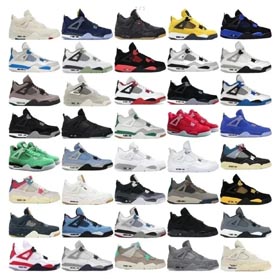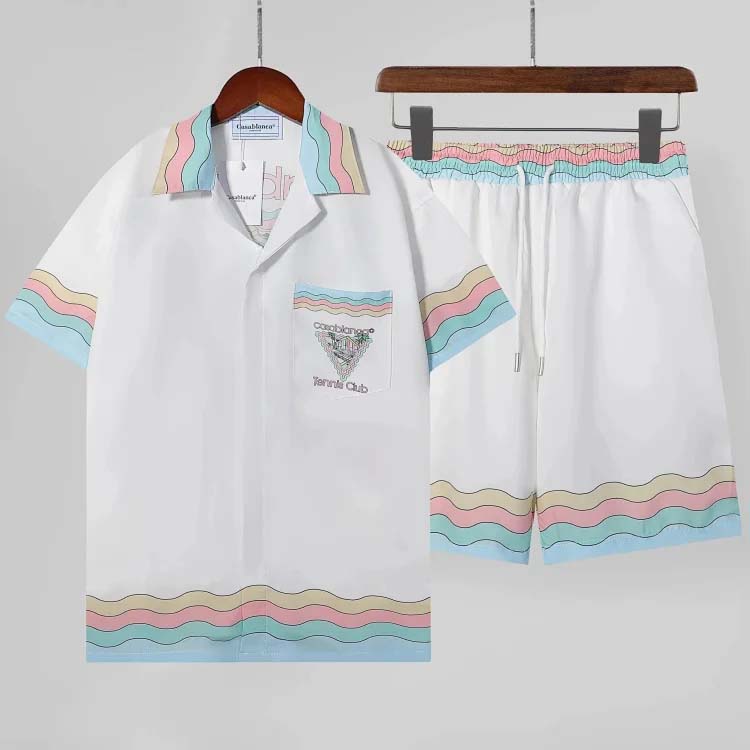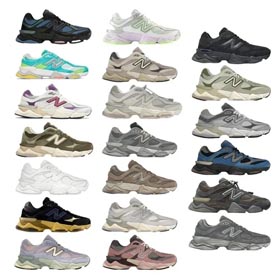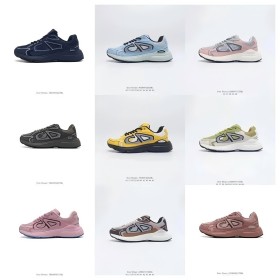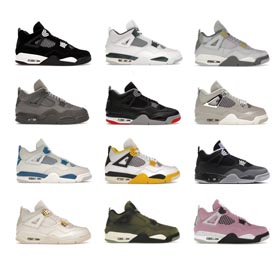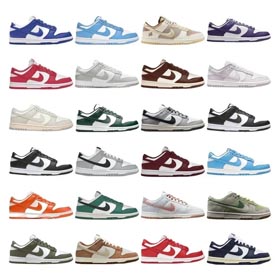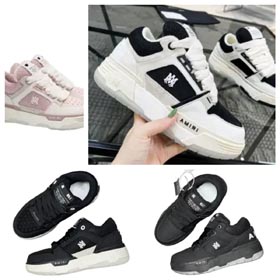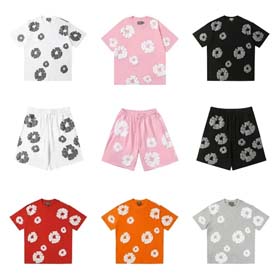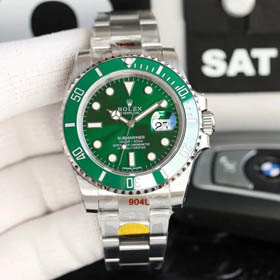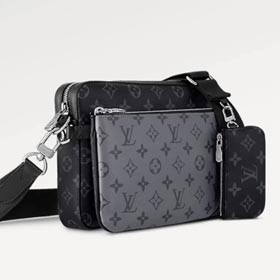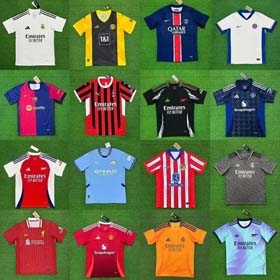Brand Collaboration Evaluation Model
When it comes to assessing potential brand partners, the precision of evaluation is crucial for the success of any collaboration. By leveraging reviews and spreadsheet data, one can accurately gauge the reliability and performance of potential partners. This method not only streamlines the decision-making process but also significantly reduces the risks associated with partnerships.One effective approach to this evaluation is through the use of a four-quadrant assessment model within a spreadsheet. This model involves cross-analyzing two key metrics: the "authenticity rate" of the supplier's products and the "customer repurchase rate." These metrics provide insights into both the quality of the products being offered and the satisfaction of the end-consumers.The "authenticity rate" refers to the percentage of products that are genuine and meet the brand's quality standards. A high authenticity rate indicates that the supplier is reliable and trustworthy, reducing the risk of counterfeit products entering the market.The "customer repurchase rate," on the other hand, reflects the loyalty and satisfaction of customers who choose to buy from the supplier again. A high repurchase rate suggests that the supplier's products are not only of good quality but also meet the needs and preferences of the target audience.By plotting these two metrics on a spreadsheet and dividing the data into four quadrants, one can categorize suppliers into four groups:High authenticity and high repurchase rate (Quadrant I): These are the "double high" suppliers, representing the best partners for collaboration.High authenticity and low repurchase rate (Quadrant II): These suppliers may offer genuine products but may not fully satisfy customer needs.Low authenticity and high repurchase rate (Quadrant III): These suppliers might have a loyal customer base but may be selling non-genuine products.Low authenticity and low repurchase rate (Quadrant IV): These suppliers are the least desirable for collaboration due to both low product quality and customer satisfaction.Focusing on suppliers in Quadrant I, or the "double high" suppliers, can significantly reduce the risk of collaboration by more than 60%. This approach ensures that the chosen partners are not only providing authentic products but also have a strong customer base that is likely to continue purchasing from them.For further insights and to explore the quality of products from a specific brand, one can visit the external link provided: Chanel Handbags and Footwear. This website offers a range of products that can be used as a reference point for assessing the authenticity and appeal of luxury goods in the market.By implementing this four-quadrant model and focusing on "double high" suppliers, businesses can make more informed decisions when selecting brand partners, ultimately leading to more successful and sustainable collaborations.

